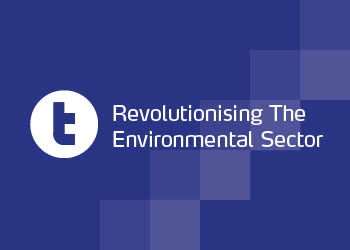Councils looking to save costs and increase capture of dry recyclables should use commingled collections, according to Axion Consulting.
However, this is with the caveat that local authorities should take full responsibility for ensuring that materials only go to the very best materials recycling facilities (MRFs).
Axion director Keith Freeguard said separate collections of materials with up to six boxes are too “complicated” and “unrealistic” for householders.
He added: ““Local authorities are under massive pressure to cut waste budgets and cost of collection is a major area that can be targeted. Householders find commingled collections much easier with just two bins – one for residual waste and the other for recyclables.
“First-stage separation in the waste sorting process is the one that we rely on the unpaid householders of the UK to do. If you want that work team to do a great job, you’ve got to make it really simple and that’s what commingled collection does. This approach has been proven to increase the capture rate and the mass yield of materials for the next automated process stages in the recycling system.
“Local authorities must take responsibility for ensuring that the receiving MRF – ideally one that adheres to the MRF Code of Practice – is well-run and is able to get the right levels of separation from their efficiently-collected, high-yield commingled waste stream.
“Those two steps in the chain will then deliver high-volume, high yield and well-separated materials into the recycling sector.
“The council recycling officers have to take full responsibility for their duty of care in terms of monitoring and policing the value-add sorting that a well-managed MRF should be able to deliver for them.”












